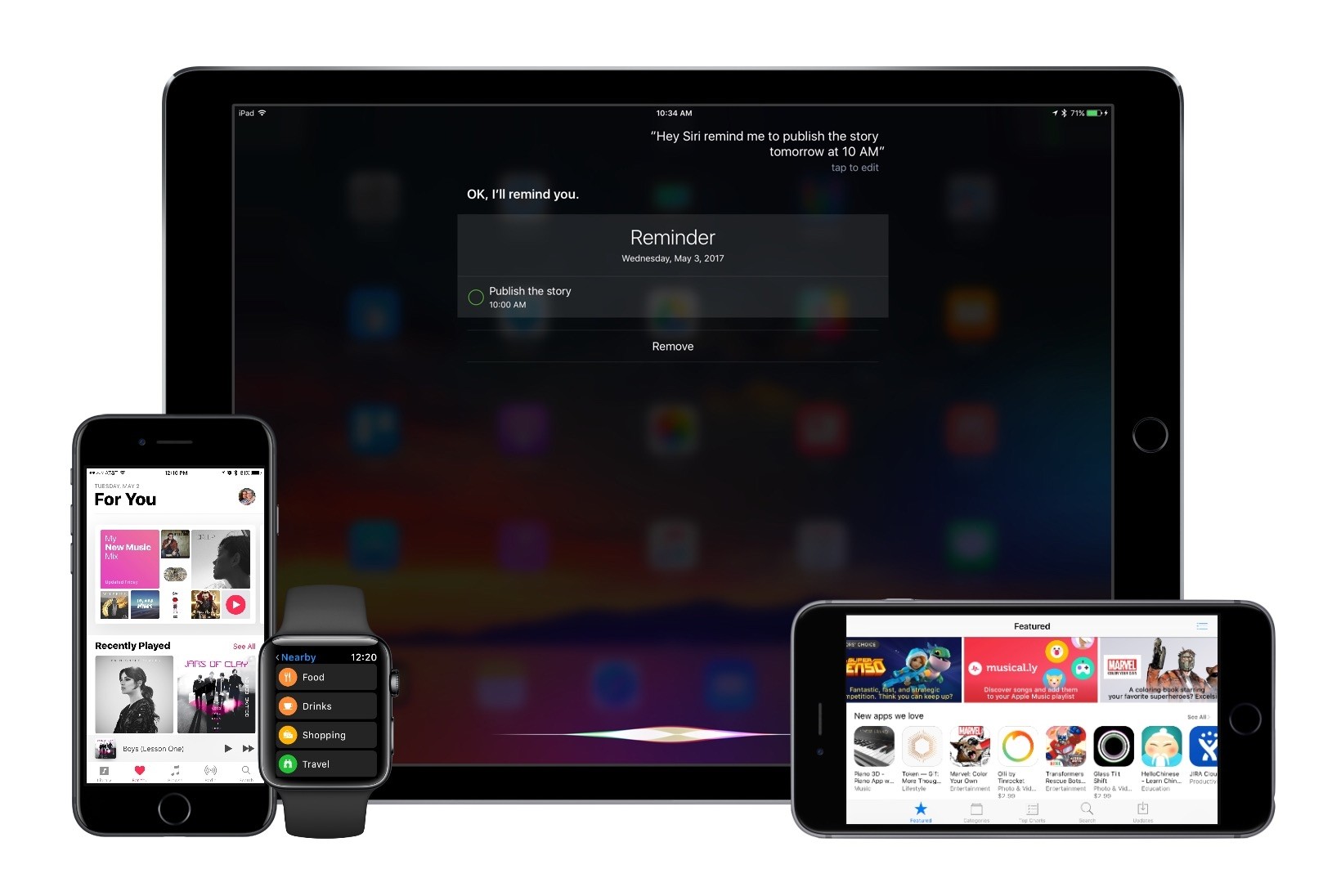Today Jack Nicas of The New York Times published a first-of-its-kind in-depth look behind the curtain of how the Apple News journalistic team operates. The piece highlights Apple’s distinct handling of the news, where human curation is a larger driving factor than at other major tech companies. Nicas writes:
Apple has waded into the messy world of news with a service that is read regularly by roughly 90 million people. But while Google, Facebook and Twitter have come under intense scrutiny for their disproportionate — and sometimes harmful — influence over the spread of information, Apple has so far avoided controversy. One big reason is that while its Silicon Valley peers rely on machines and algorithms to pick headlines, Apple uses humans like Ms. Kern.
The former journalist has quietly become one of the most powerful figures in English-language media. The stories she and her deputies select for Apple News regularly receive more than a million visits each.
Lauren Kern, the editor in chief of Apple News, heads a staff of journalists that span the globe. One of their chief responsibilities is selecting each day’s top stories for the app.
Ms. Kern leads roughly 30 former journalists in Sydney, London, New York and Silicon Valley. They spend their days consuming news across the internet, fielding 100 to 200 pitches a day from publishers, and debating which stories get the top spots.
Ultimately, they select five stories to lead the app, with the top two also displayed in a prominent window to the left of the iPhone home screen. They also curate a magazine-style section of feature stories. The lineup typically shifts five or more times a day, depending on the news.





